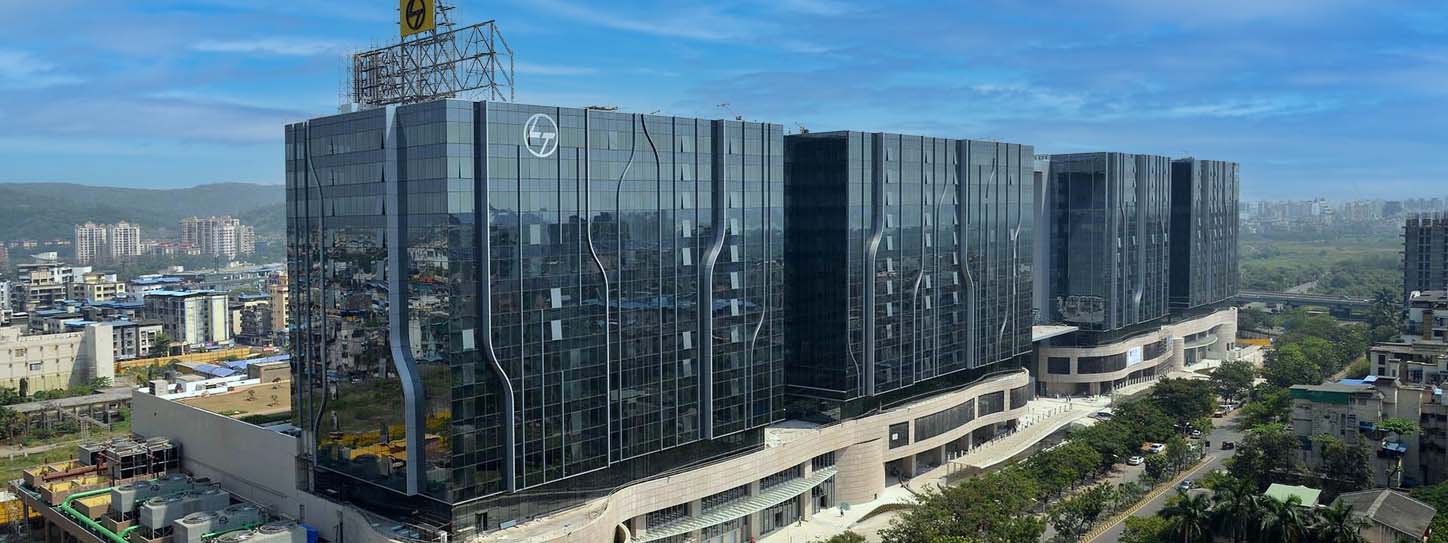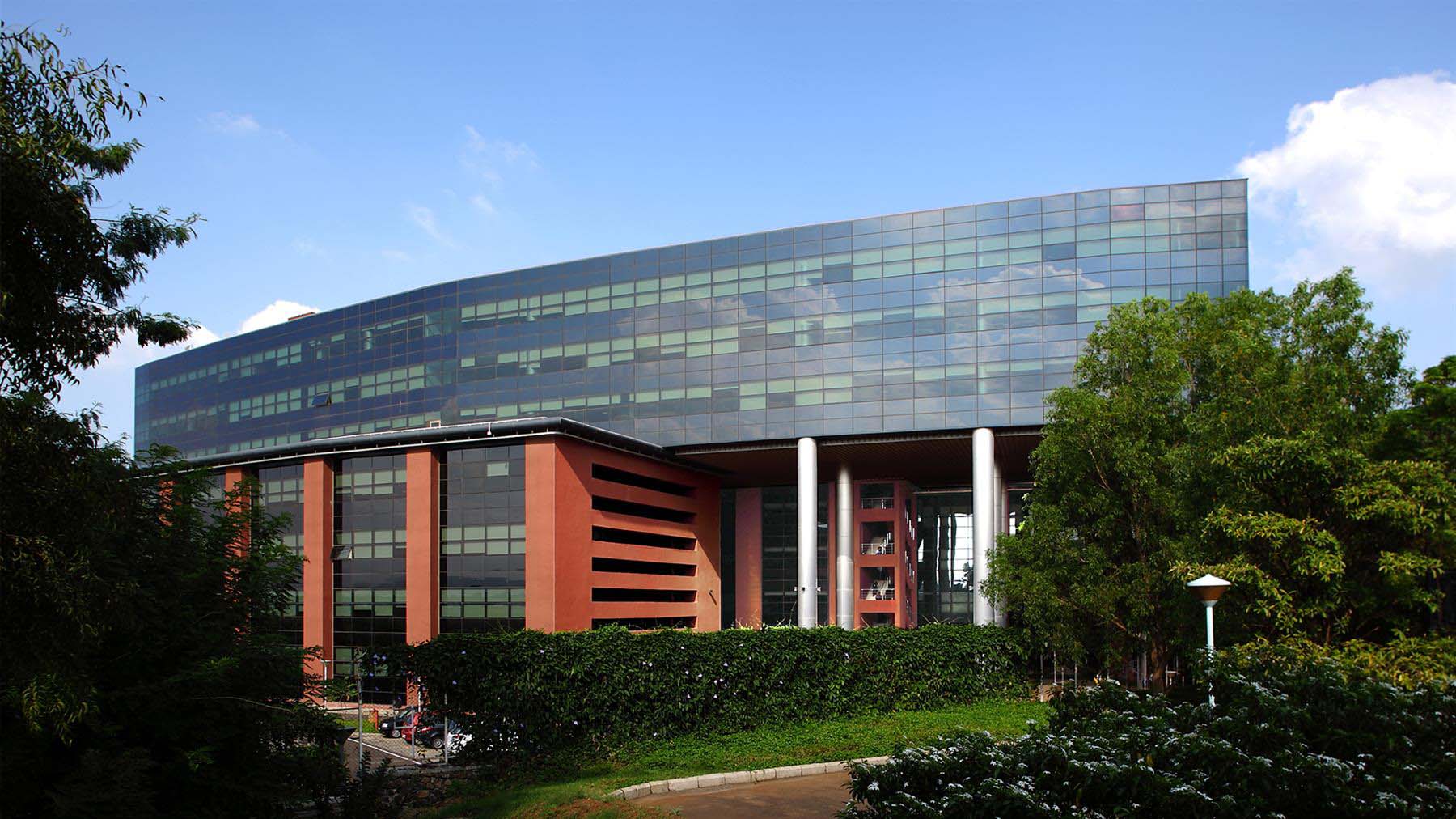New Fire-Safety Codes and How They Impact Building Design
Fire-safety codes are continually evolving to address emerging risks and incorporate advancements in building materials and technologies. These codes play a critical role in ensuring the safety of building occupants and protecting property from fire hazards. Understanding the latest fire-safety codes and their implications for building design is essential for architects, builders, and property owners. This blog explores the new fire-safety codes and how they impact building design.
Key Changes in Fire-Safety Codes:
1. Enhanced Fire-Resistance Requirements
New fire-safety codes have increased the fire-resistance ratings for various building components to enhance overall safety.
- Fire-Rated Walls and Floors: Higher fire-resistance ratings for walls and floors to prevent the spread of fire between different areas of a building.
- Structural Integrity: Improved standards for the fire-resistance of structural elements, ensuring they maintain integrity during a fire.
2. Smoke Control and Ventilation
Enhanced requirements for smoke control and ventilation systems to protect occupants and facilitate safe evacuation.
- Smoke Barriers: Mandatory installation of smoke barriers to limit the spread of smoke and improve visibility during evacuation.
- Ventilation Systems: Enhanced standards for smoke ventilation systems to ensure effective removal of smoke from affected areas.
3. Use of Fire-Resistant Materials
Updated codes emphasize the use of fire-resistant materials in building construction and interior finishes.
- Cladding and Insulation: Stricter regulations on the use of fire-resistant cladding and insulation materials to prevent the rapid spread of fire on building exteriors.
- Interior Finishes: Requirements for fire-resistant paints, coatings, and finishes to enhance interior fire safety.
4. Emergency Egress and Evacuation
New codes focus on improving emergency egress and evacuation procedures to ensure occupant safety.
- Exit Routes: Increased number and accessibility of emergency exits to facilitate quick and safe evacuation.
- Emergency Lighting: Enhanced requirements for emergency lighting systems to ensure they remain operational during a fire.
5. Sprinkler and Suppression Systems
Enhanced standards for sprinkler and fire suppression systems to improve fire control and extinguishing capabilities.
- Automatic Sprinklers: Mandatory installation of automatic sprinkler systems in various building types, including residential, commercial, and industrial properties.
- Suppression Systems: Updated requirements for fire suppression systems, including the use of advanced technologies like water mist and gaseous suppression systems.
Impact on Building Design:
1. Architectural Considerations
Architects must integrate fire-safety features into the building design from the outset to comply with new codes.
- Compartmentalization: Designing buildings with fire compartments to contain and limit the spread of fire.
- Fire Exits and Stairwells: Strategic placement of fire exits and protected stairwells to ensure safe and efficient evacuation.
2. Material Selection
Choosing the right materials is crucial to meet the enhanced fire-resistance requirements.
- Fire-Resistant Materials: Incorporate fire-resistant materials for structural elements, cladding, insulation, and interior finishes.
- Innovative Solutions: Utilize advanced fire-resistant products and technologies to meet the latest code requirements.
3. Mechanical and Electrical Systems
Mechanical and electrical systems must be designed and installed to comply with new fire safety standards.
- HVAC Systems: Ensure HVAC systems include smoke control and ventilation features as required by the updated codes.
- Electrical Systems: Design electrical systems to support emergency lighting and fire detection and suppression systems.
4. Emergency Preparedness
Building design must include features that enhance emergency preparedness and response.
- Fire Detection Systems: Install advanced fire detection systems to provide early warning and facilitate timely evacuation.
- Emergency Signage: Ensure clear and visible emergency signage to guide occupants to safety.
Benefits of Compliance:
Complying with new fire-safety codes offers several benefits:
- Enhanced Safety: Improved protection for occupants and property from fire hazards.
- Regulatory Compliance: Ensures buildings meet legal and regulatory requirements, avoiding penalties and legal issues.
- Insurance Benefits: Potentially lower insurance premiums due to enhanced fire safety measures.
- Reputation and Trust: Demonstrates a commitment to safety, enhancing the reputation and trustworthiness of the building owner or developer.
The latest fire safety codes represent significant advancements in building safety, reflecting the ongoing evolution of standards to address modern fire risks. Understanding and implementing these codes is crucial for architects, builders, and property owners to ensure the safety of building occupants and protect property. By incorporating enhanced fire-resistance features, advanced materials, and improved emergency preparedness measures, building designs can meet the highest standards of fire safety.
FG Glass: Your Partner in Fire-Resistant Glass Solutions
At FG Glass, we offer a comprehensive range of fire-resistant glass products designed to meet the highest fire safety standards. Our solutions are tailored to enhance the safety, durability, and aesthetic appeal of your buildings. Discover how FG Glass can help you comply with the latest fire-safety codes and protect your property with our innovative glass products. For more information, visit fgglass.com.

You might also like
Feb 21, 2022 by TARIQ KACHWALA
Feb 21, 2022 by TARIQ KACHWALA
Feb 23, 2022 by TARIQ KACHWALA









